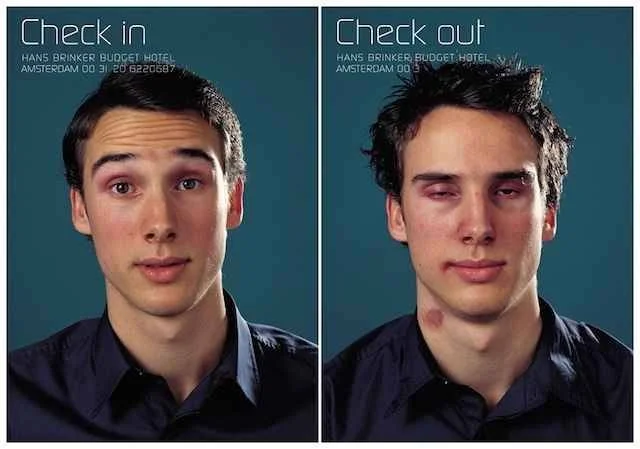The best of the worst
We had an internal discussion at OZ last week about restaurants that deliberately treat patrons “badly,” which reminded us of a recent Under the Influence podcast episode about antihero brands. It was inspired by this article, by Trevor Thomas at VMLY&R in Toronto, that discusses various “flavors” of potential antihero brands.
The premise of the argument is that in today’s cultural zeitgeist, the antihero reigns. This wasn’t always the case. Prior to the 21st century, the hero in movies and TV shows was almost always a “good guy.” But that all kind of changed with The Sopranos.
Some of the most memorable characters of the last two decades are antiheroes – Tony Soprano, Dexter, Piper in Orange is the New Black, practically everyone in Breaking Bad and Better Call Saul, Avon Barksdale and crew in The Wire, John Dutton in Yellowstone, Don Draper in Mad Men, Cersei Lannister and others in Game of Thrones…you get the point.
The line between Antihero and Outlaw is murky. Maybe the Antihero is a little more overtly “bad,” as we’ll discuss in a moment. But they aren’t villains, exactly. They aren’t purely evil. They have certain admirable qualities. Their code of ethics may have gotten skewed – but we can understand how it became skewed and that makes them somewhat empathetic. They are scarred just like we are.
(Although this can be in the eye of the beholder. I might think someone is pure evil, while you might think that person is just a rogue or a warrior breaking the rules in the name of true justice. Perceptions of Donald Trump probably break along those lines.)
The article and the podcast suggest there may be a role for brands to play in this archetypal antihero space. A select few already do:
The Hans Brinker Hotel in Amsterdam has seen occupancy rates skyrocket since it began marketing itself as the worst hotel in the world.
Ryanair proudly exemplifies the worst aspects of air travel.
The Oakland Raiders in the National Football League built a brand around black uniforms, the name “Raiders,” a collection of players cast off from other teams because of disciplinary problems, and a combative, up-by-the-bootstraps owner who wore black sunglasses all the time and was constantly suing the league. (Unclear if that image has really survived the move from gritty Oakland to glitzy Las Vegas.)
Liquid Death’s mission is to “kill off” plastic water bottles. One marketing ploy was a campy horror film, where the brand was the villain, murdering consumers who used plastic bottles.
There are risks to this, of course. This is the route that Twitter (sorry, “X”) seems to be following, but they seem to be more clueless villain than antihero to most people, which is why the brand and the business are falling apart.
However, advertising tends to follow the culture, so we may see more of this. It is fun to think about the flavors of antihero in the Thomas article (The Cynic, The Sociopath, The Marauder, The Damaged, etc) and ponder how a brand might creative occupy those spaces.
Any ideas?

